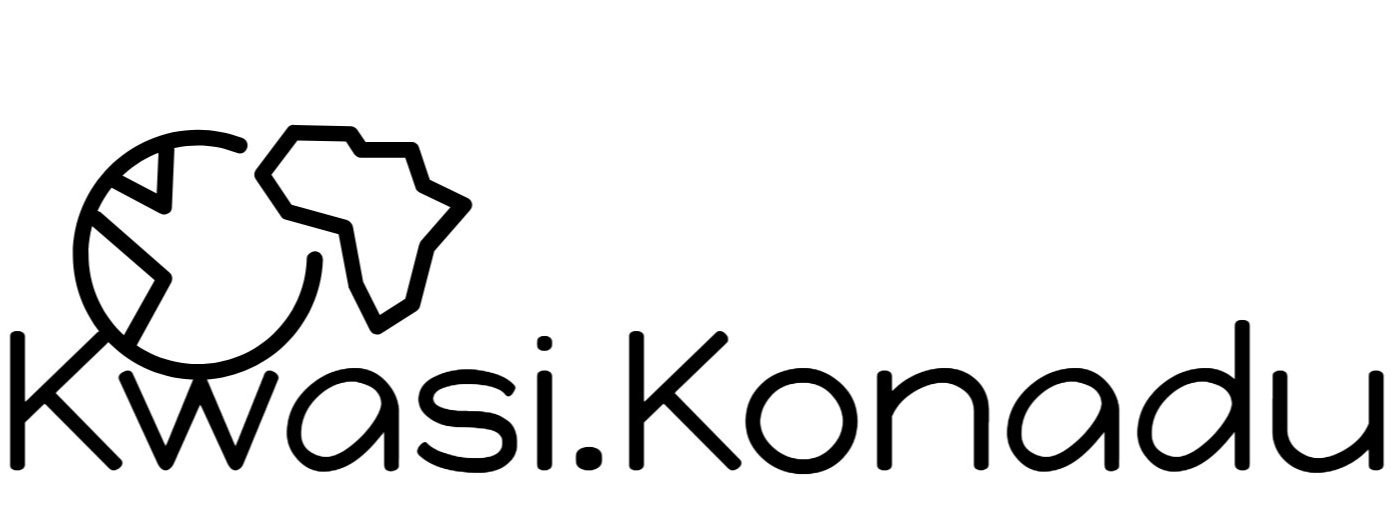Prior to the mid-nineteenth century, the Asian markets for enslaved and scorned African laborers were connected more closely with and even propelled city-states such as Zanzibar and Pemba into the slaving world of East Africa and Asia. Certainly, the Swahili city-states were well integrated in the trade network and politics of the Indian Ocean world and their markets. These markets drew slavers from Brazil, French merchants from Mauritius, Arab merchants from Oman and Hadramawt, Indian merchants from the Kathiawar peninsula and the Konkan coastal region, and Swahili merchants into a consortium that exploited gold, ivory, and human captives.
slave trade
The Fate of Black People in White Societies
EssaysCommentThough I am aware of Coates’s new book, We Were Eight Years in Power, released today, what follows is a condensed version of my views, stirred principally by BWM but also by the repurposed essays and anecdotes that form the contents of Eight Years in Power. More importantly, there has been insufficient consideration of what BWM’s argument portends for the fate of “black” people—a race identifier used grudgingly but in no way do I subscribe to it. My concern is the defective premise, a story if you will, anchoring Coates’s argument and its dead-end implication if we were to follow that argument to its logical conclusion. I offer another way to think about the fate of black people in the United States and in white societies more broadly.
Atlantic Slaving and Africa: Mapping Big Data
Book ReviewsCommentThe Atlas of the Transatlantic Slave Trade is the culmination of decades of archival research and international collaboration among scholars, led by David Eltis and colleagues. Though the data for the book are available online for free (www.slavevoyages.org), the repackaging of that data into 189 visually stunning maps and nine tables, complemented by some forty-two vignettes, has earned the creators of the Atlas a vast amount of praise and numerous awards. Like the human genome project, which focused on DNA sequencing through international collaboration and pooling of data, the Atlas is a testament to the value of collaborative effort, and book reviewers and endorsers have called it “monumental,” “marvelous,” “superb,” “sophisticated,” “erudite,” “groundbreaking,” and of “immeasurable value.” It is possible that the Atlas’s accolades, however, may inspire too much self-congratulation and not enough humility toward the human lives transformed into data sets. Both the genome project and the Atlas are based on decades of research, but both also have limitations. The genome project, for example, has identified most genes, but the sequencing is not fully understood; we know comparatively little about the full functions of their proteins, and the human genome of most individuals remains uniquely unmapped. The Atlas, likewise, has mapped the economic contours of transatlantic slaving using available data, but there is a great deal of missing data; it cannot account adequately for the first century of slaving or for the illicit and contraband commerce in African bodies around the so-called Atlantic world. More important, its arithmetic methodology cannot represent the lost potentials of African lives. The sense of finality suggested by the authors of the Atlas or their public relations team should not, therefore, be accepted unconditionally.
